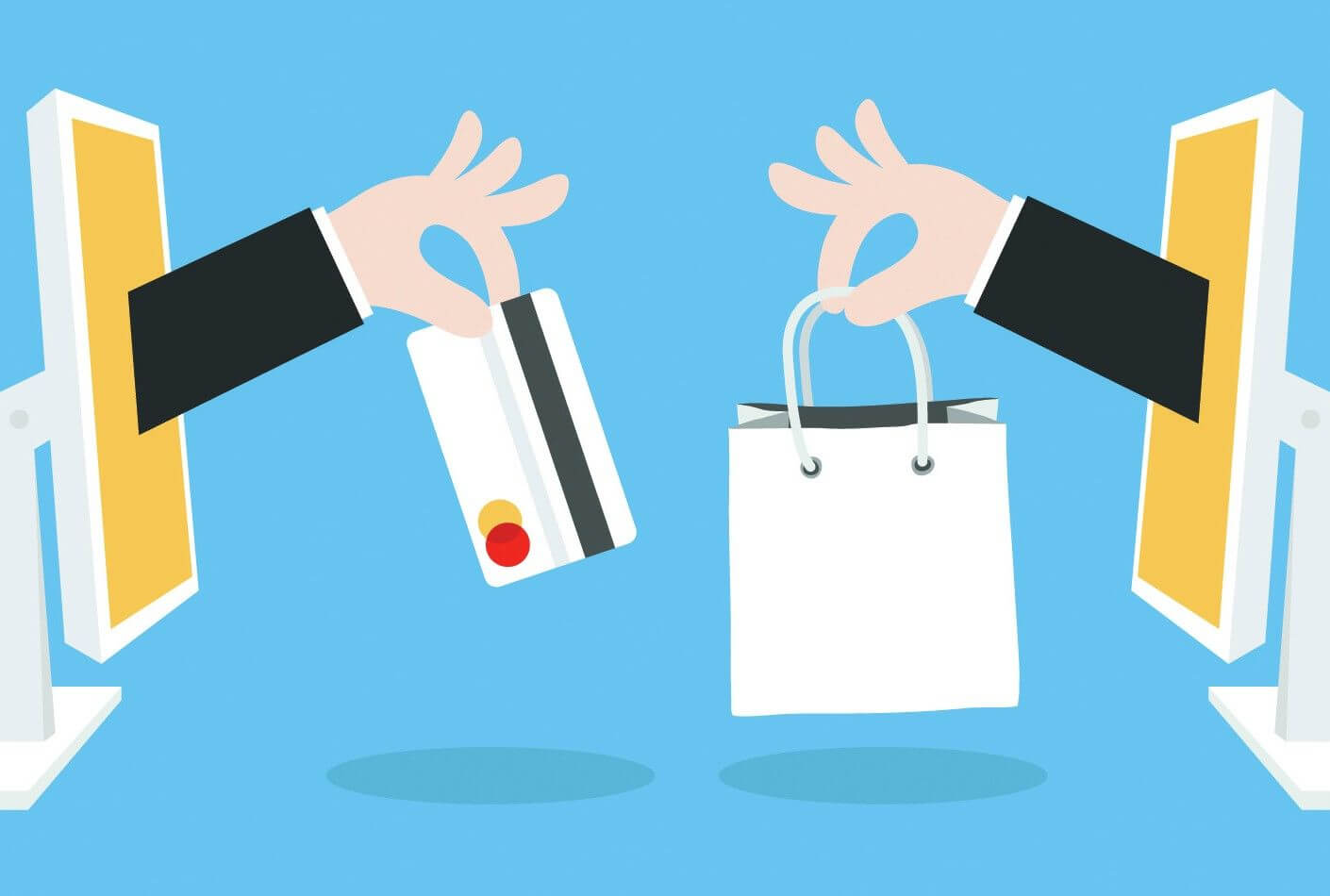Commerce
Four big trends coming to retail
By GREG GATHERER, account manager at Liferay Africa
Over the last two years, the retail landscape has changed immeasurably. Behaviours and technologies that seemed like they were a decade away from coming to fruition are now normal. Even as a combination of vaccines and new treatments signal a clear path out of the pandemic, it’s unlikely that those behaviours will change.
In fact, far from a reversion to the way things were before, some things are likely to keep evolving. In order to stay competitive, retail organisations will have to adapt to those changes and, in some cases, stay ahead of them.
With that in mind, here are some of the big trends retailers need to know about in 2022.
- Supply chain issues resolve slowly
For a variety of reasons, ranging from factory closures due to Covid-19 to a ship clogging up the Suez Canal, 2021 has been marked by global supply chain shortages. In some countries, the shortages are so marked that some countries are worried about Christmas being ruined.
Fortunately, 2022 should see a return to some sort of normal with analysts saying that the world is now through the worst of it. Of course, it may take some time before things are fully back to normal, but retailers can at least rest easy in the knowledge that shipping costs should normalise, giving them one less rising cost to worry about.
- B2B and B2C ecommerce see continued growth
As recently as 2018, ecommerce accounted for just 1.4% of South Africa’s total retail sales. In 2020, that percentage doubled and is expected to grow again to 4% by the end of 2021. While growth may not immediately accelerate as rapidly as it did pre-pandemic, most big retailers are now taking ecommerce far more seriously, especially when it comes to on-demand delivery. In 2022, expect ecommerce to take an even bigger slice of the retail pie.
But the growth in ecommerce isn’t restricted to business to consumer (B2C) sales. Manufacturers can take advantage of the ecommerce boom to become retailers themselves. That means cutting out third-party ecommerce sites that often take a large slice out of their revenues.
- Integration of online and offline experiences
As ecommerce continues to grow, people’s expectations of physical retail stores will change. They may, for instance, be places where consumers go to experience the goods you’re selling before buying online. Retailers can play into this by creating a seamless experience between the online and offline worlds.
At the same time, they need to ensure that those store experiences are authentic and data-driven. Here, a digital experience platform can be particularly helpful as it allows the organisation to seamlessly integrate data from across the organisation to create the best possible experience, no matter where the customer might be.
- The growth of retailers as financial service providers
In South Africa, various retailers have offered financial services to one degree or another for some time now. Whether that’s in the shape of store credit, loans, or insurance, these products have had various degrees of success. Nothing to date, however, comes anywhere near the scale of Shoprite’s recent launch of a free bank account to its more than 20-million Xtra Savings customers.
Other retailers will be watching closely to see how successful the product is and potentially following suit. In many ways, the amount of data retailers have on customers, thanks to their loyalty programmes, makes them ideally suited to launching financial services products. But if they’re to be successful, the customer experience needs to be as enticing as possible. With the financial service itself becoming increasingly competitive, retailers won’t be able to compete on price alone. These products will need to be easy to use and genuinely useful at the very least.
Change and adaptability
If the events of the past two years have taught us anything, it’s that change can come quickly and retailers need to be able to adapt to that change. Their best hope of doing so is to take an integrated, data-led approach that provides the best possible customer experience, no matter what’s happening in the outside world.



















